Lizard Buzzard
Posted: Tue Oct 23, 2012 2:28 pm
154. Lizard Buzzard Kaupifalco monogrammicus (Akkedisvalk)
ORDER ACCIPITRIFORMES. Family: Accipitridae
Description
Size 35-37 cm. Plump build. Grey upperparts, head and breast are grey, vertical black streak down the throat. White belly with fine dark barring, white underwings with dark tips, black tail with a white tip and one or two broad white tail band(s). Sexes are similar.
Juvenile is similar to adult but has a paler cere and legs.
Similar species: Larger and bulkier than the similar Gabar Goshawk.
Distribution
The Lizard Buzzard’s distribution extends through most of Sub-Saharan Africa as far south as northeast South Africa, but it is most common in West Africa. In southern Africa, it is locally common across Zimbabwe, Mozambique, north-eastern South Africa, northern and eastern Botswana and north-eastern Namibia.
Habitat
Open, broad-leaved woodland and thornveld in the northeast and north.
Diet
Diet includes mainly reptiles and large insects, but also small mammals and birds.
Breeding
A monogamous, territorial solitary nester. The nest is built by both sexes, consisting of a stick platform with a shallow depression in the centre, which is lined with Old-mans-beard lichen (Usnea), pine (Pinus) needles and occasionally green leaves. It is typically placed high up in a tall tree. Egg-laying season is from May-January, peaking from September-October. It lays 1-3 eggs, which are incubated solely by the female for about 32-34 days, while the male regularly provides her with food. The chicks leave the nest at about 40 days old, remaining in the same tree for another four days or so before moving away; they become fully independent at approximately 90 days old.
Call
Main call loud and distinctive kli-ooo-kluklukluklu. Listen to Bird Call.
Status
Common to scare resident and local migrant.
ORDER ACCIPITRIFORMES. Family: Accipitridae
Description
Size 35-37 cm. Plump build. Grey upperparts, head and breast are grey, vertical black streak down the throat. White belly with fine dark barring, white underwings with dark tips, black tail with a white tip and one or two broad white tail band(s). Sexes are similar.
Juvenile is similar to adult but has a paler cere and legs.
Similar species: Larger and bulkier than the similar Gabar Goshawk.
Distribution
The Lizard Buzzard’s distribution extends through most of Sub-Saharan Africa as far south as northeast South Africa, but it is most common in West Africa. In southern Africa, it is locally common across Zimbabwe, Mozambique, north-eastern South Africa, northern and eastern Botswana and north-eastern Namibia.
Habitat
Open, broad-leaved woodland and thornveld in the northeast and north.
Diet
Diet includes mainly reptiles and large insects, but also small mammals and birds.
Breeding
A monogamous, territorial solitary nester. The nest is built by both sexes, consisting of a stick platform with a shallow depression in the centre, which is lined with Old-mans-beard lichen (Usnea), pine (Pinus) needles and occasionally green leaves. It is typically placed high up in a tall tree. Egg-laying season is from May-January, peaking from September-October. It lays 1-3 eggs, which are incubated solely by the female for about 32-34 days, while the male regularly provides her with food. The chicks leave the nest at about 40 days old, remaining in the same tree for another four days or so before moving away; they become fully independent at approximately 90 days old.
Call
Main call loud and distinctive kli-ooo-kluklukluklu. Listen to Bird Call.
Status
Common to scare resident and local migrant.
 © Duke
© Duke © ExFmem
© ExFmem © nan
© nan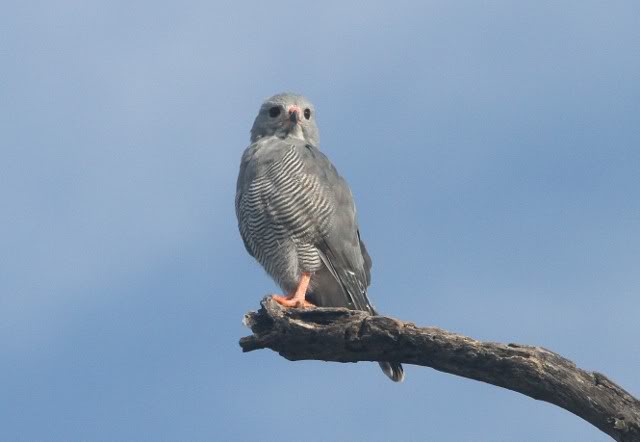 © nan
© nan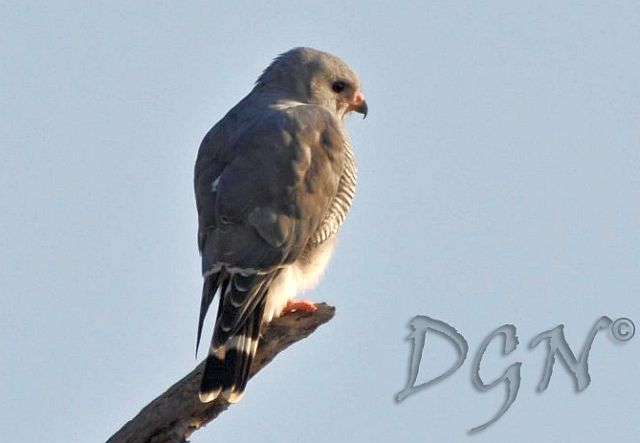 © JustN@ture
© JustN@ture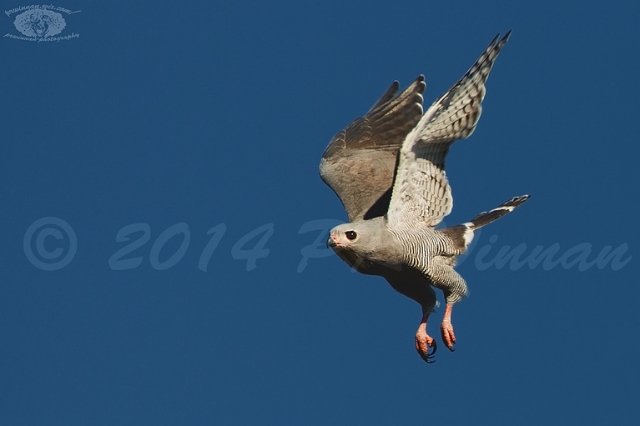 © PRWIN
© PRWIN
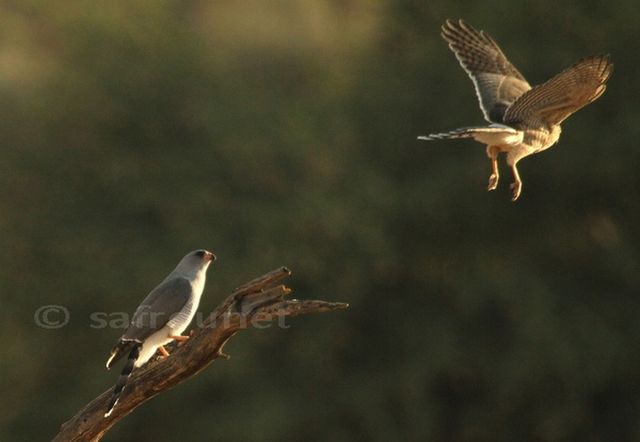 © nan
© nan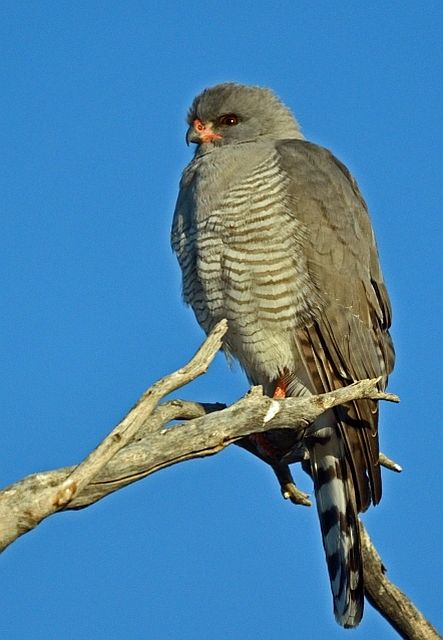 © BluTuna
© BluTuna © Duke
© Duke © Sharifa & Duke
© Sharifa & Duke © Mel
© Mel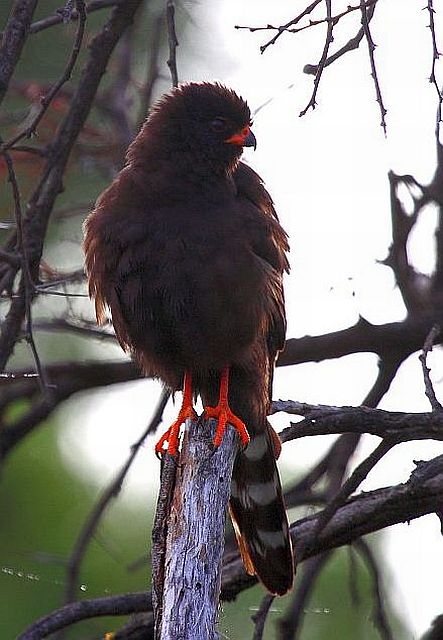 © Sharifa
© Sharifa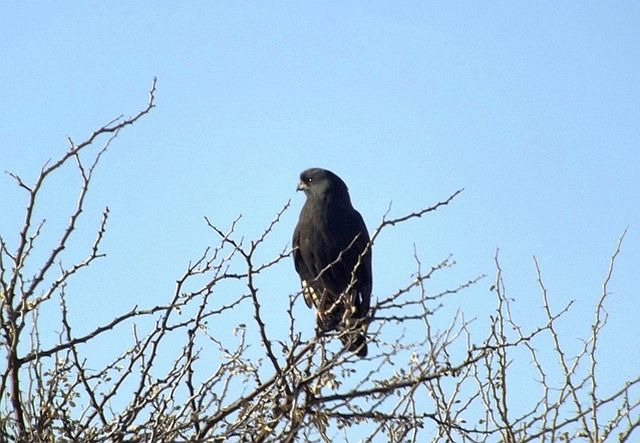 © pooky
© pooky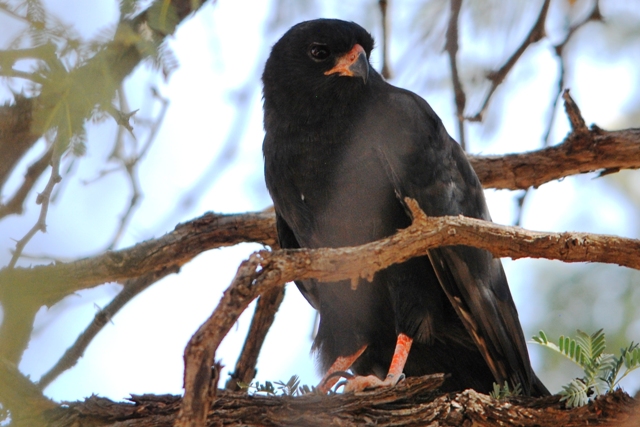 © Mel
© Mel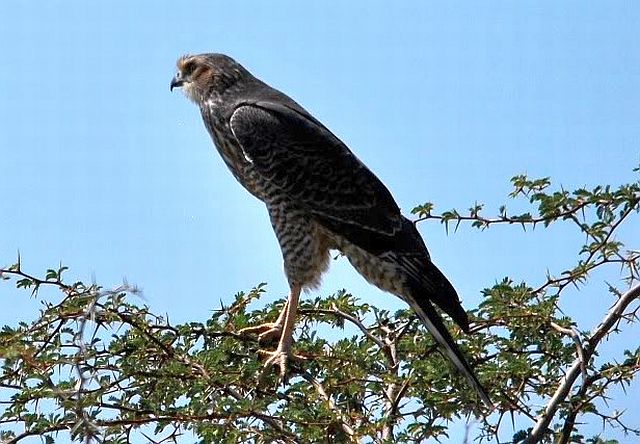 © Mel
© Mel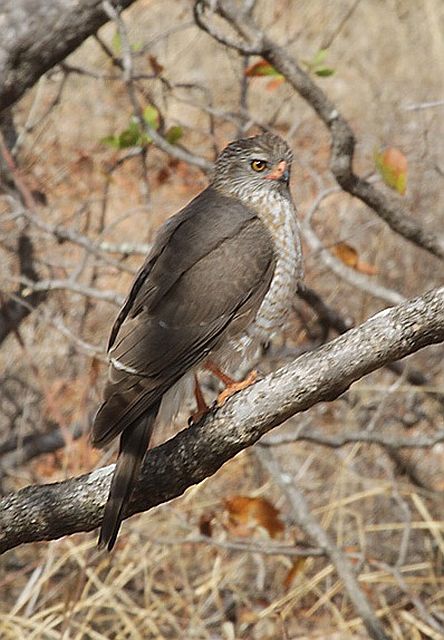 © leachy
© leachy
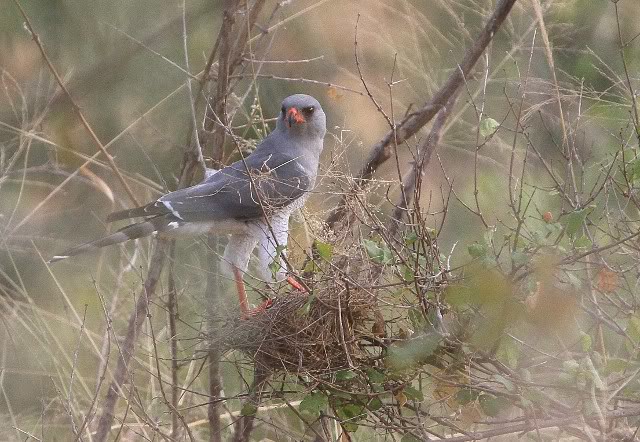


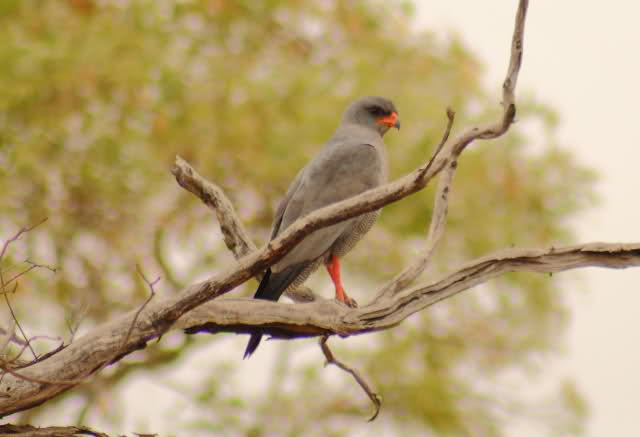 © Flutterby
© Flutterby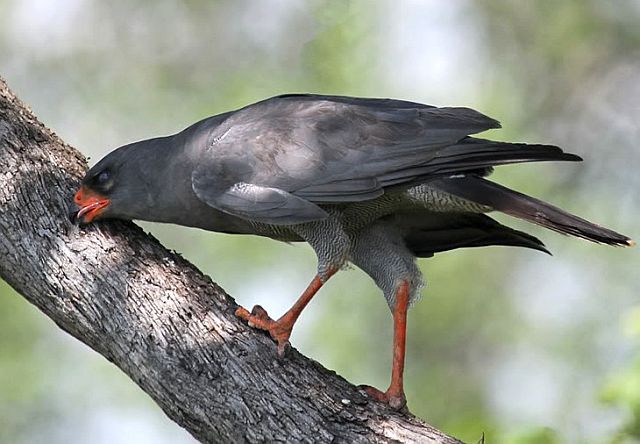 © leachy
© leachy © leachy
© leachy © JustN@ture
© JustN@ture © Bushcraft
© Bushcraft © flying cheetah
© flying cheetah © flying cheetah
© flying cheetah © Duke
© Duke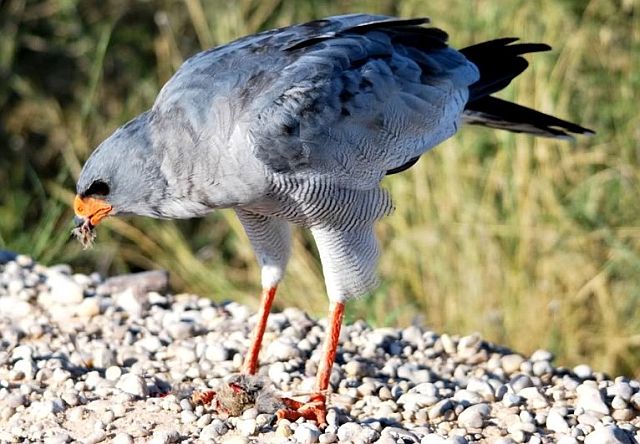 © Mel
© Mel © Michele Nel
© Michele Nel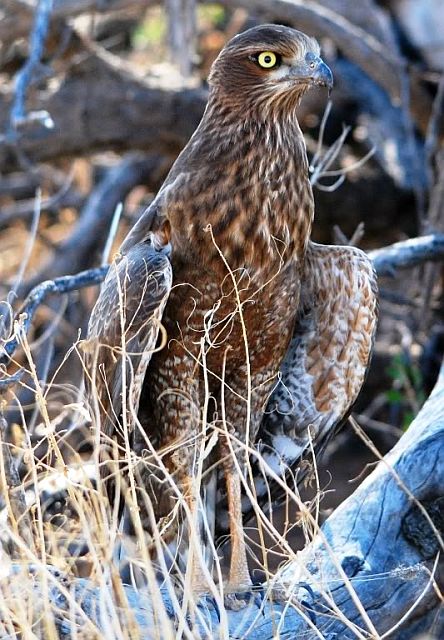
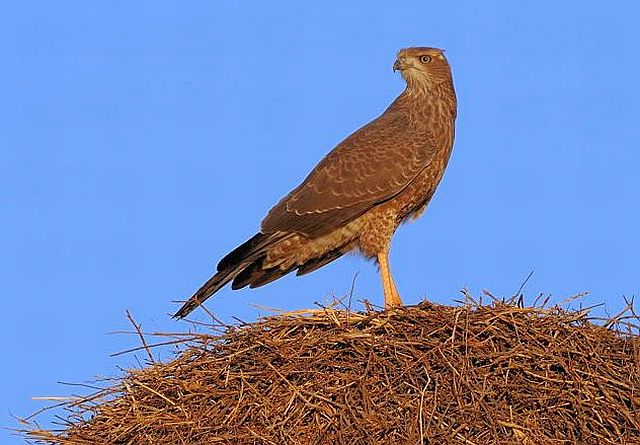 © Dewi
© Dewi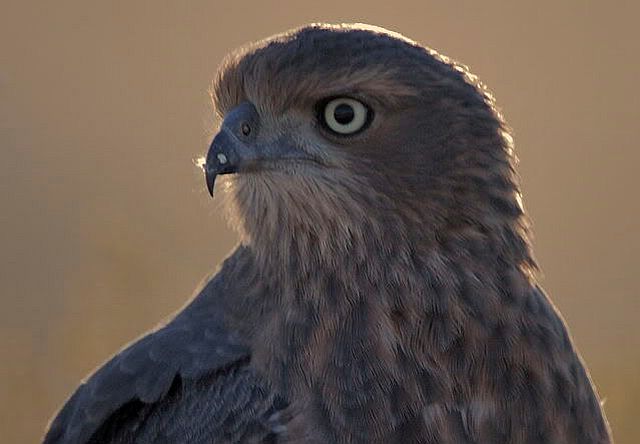 © Dewi
© Dewi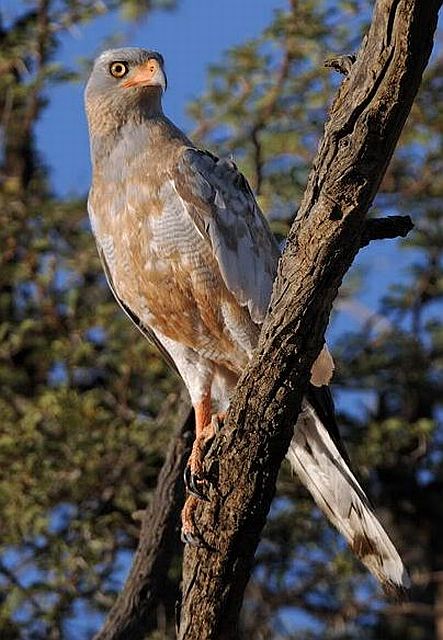 © Dewi
© Dewi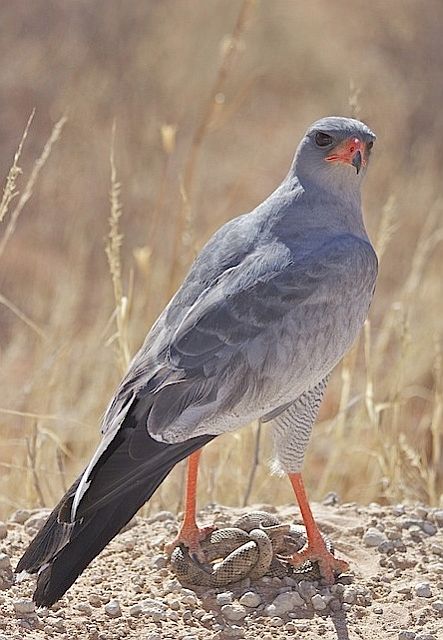 © ExFmem
© ExFmem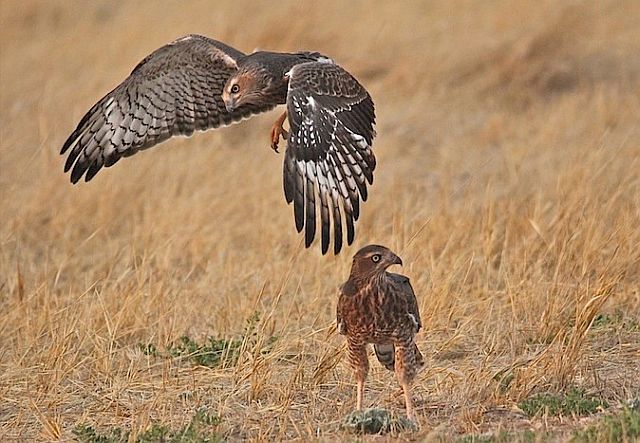 © ExFmem
© ExFmem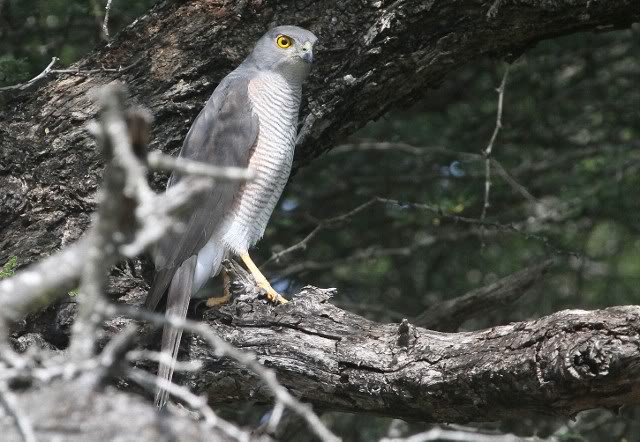 © nan
© nan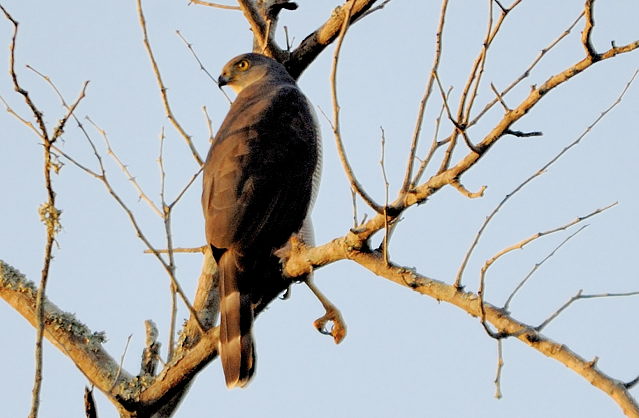 © Dewi
© Dewi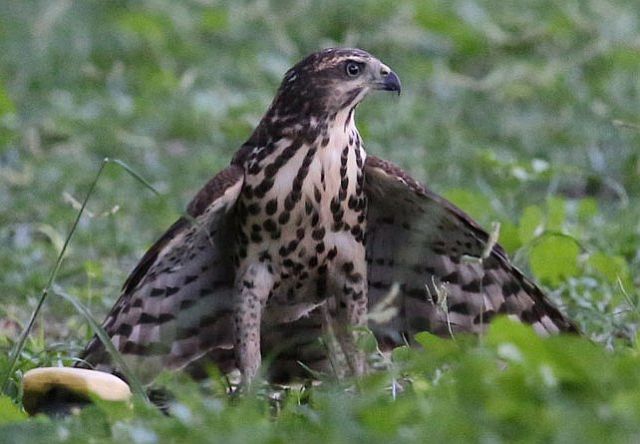 © Pumbaa
© Pumbaa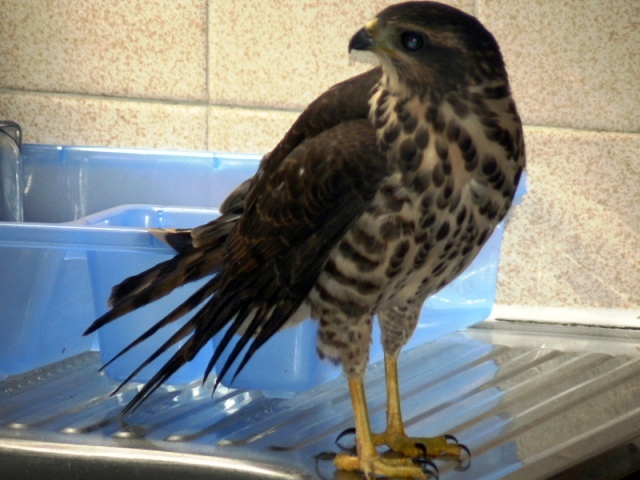 Juvenile © Richprins
Juvenile © Richprins